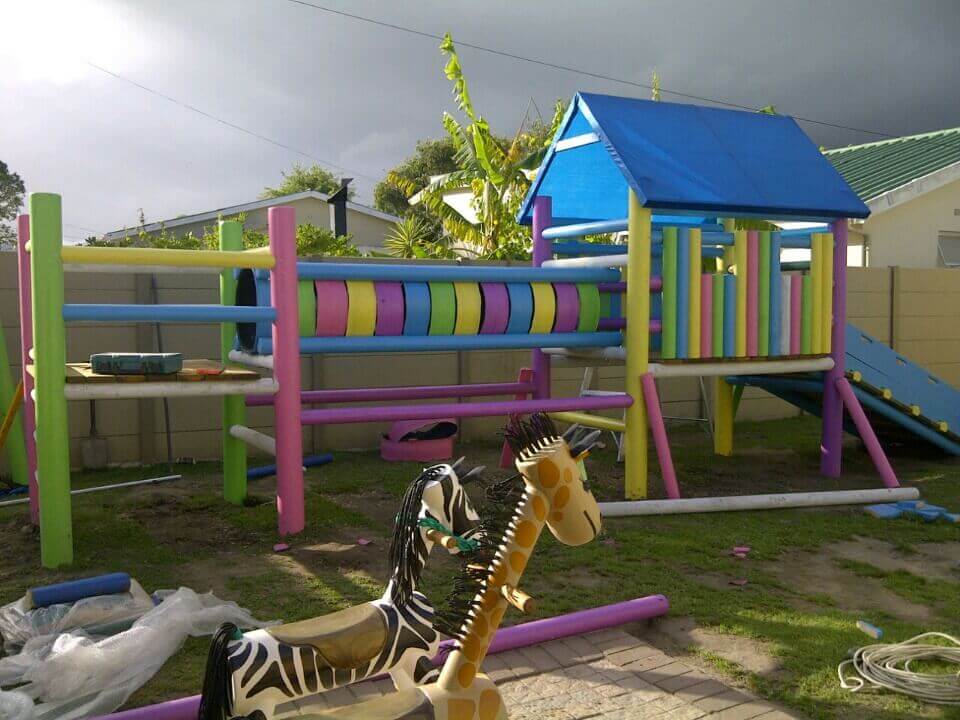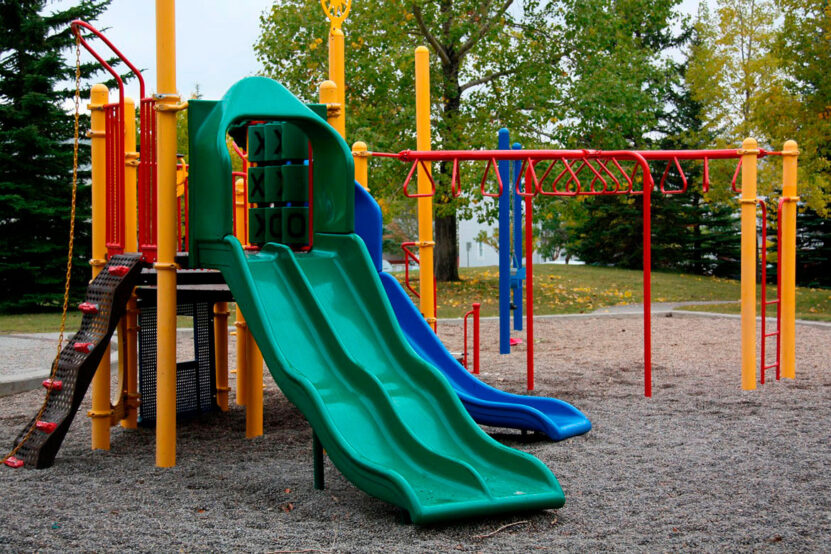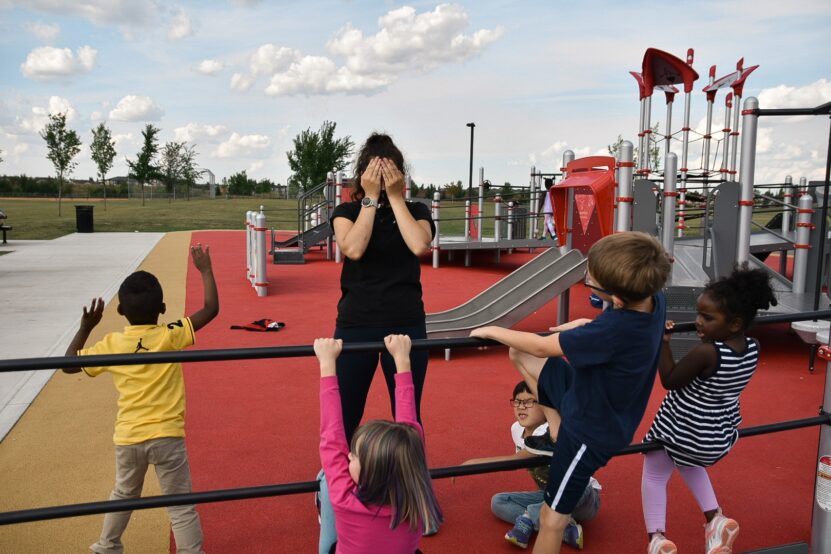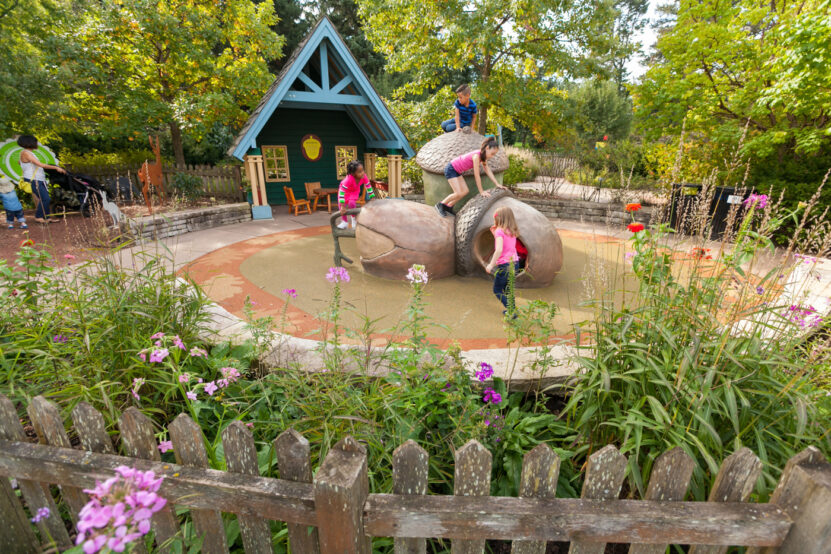Every child deserves a playground that allows them to play, explore, and learn in an environment that is both safe and stimulating. One such playground is a rope playground. Rope playgrounds can play a significant role in children’s development and physical activity. They not only provide an exciting play environment that enhances physical fitness but also helps to develop motor skills, coordination, strength, and cognitive functions. More so, rope playgrounds introduce children to risk-taking, fostering resilience, independence, and self-confidence. Let’s explore the steps we can take to design an engaging and safe rope playground for children.
Safety First

Prioritizing safety is crucial in playground design. When it comes to these playgrounds, the selection of appropriate materials is paramount. Only ropes with high durability and weather resistance, like polypropylene or polyester, should be used. The playground structures should be professionally designed to withstand the weight and stress caused by multiple children playing simultaneously.
Adhering to safety standards is non-negotiable. The US Consumer Product Safety Commission’s (CPSC) guidelines and ASTM International standards provide comprehensive guidelines on playground safety, including for rope playgrounds. It is advisable to work with a certified playground safety inspector during the design and installation phases to ensure full compliance.
Age-Appropriate Design
Designing a rope playground with different age groups in mind is essential for ensuring a safe and enjoyable play environment. Younger children, such as toddlers and preschoolers, require structures that are smaller in scale and less complex.
This can include age-appropriate rope ladders, bridges, and low climbing nets that are easily navigable for their smaller stature and developing motor skills. As children grow older, they gain more strength, coordination, and cognitive abilities, enabling them to handle more challenging and intricate equipment.
High climbing towers, swings, and more complex rope structures can be incorporated to provide engaging play opportunities for older children. By designing separate zones within the rope playground for different age groups, potential hazards and accidents can be minimized, while ensuring that children of all ages can have maximum fun and play safely within their respective capabilities.
Choosing the Right Location
The location of a rope playground is a crucial factor that significantly impacts its success and usability. A suitable location should be spacious enough to accommodate all the desired equipment, providing ample room for children to play and move around comfortably.
It is important to allow for a buffer zone around the play area to ensure adequate clearance for safe play and prevent any potential collisions with nearby objects or structures. Easy accessibility is also key, ensuring that children and their caregivers can reach the playground without obstacles or difficulties.
Additionally, proximity to amenities such as restrooms and drinking water facilities is important for the convenience and comfort of both children and adults supervising the play. Furthermore, selecting a location with sufficient shade helps protect children from excessive sun exposure and provides a comfortable play environment.
Lastly, visibility is crucial for effective supervision, so positioning this playground in a location that allows caregivers to have clear sightlines of the play area promotes safe play and provides peace of mind.
Equipment Selection

The right equipment can transform a simple playground into a haven of excitement and adventure. Rope bridges and swings provide thrilling movement experiences. Climbing nets and towers enhance strength and agility. Play panels with ropes can add a creative and cognitive element to the playground. While choosing equipment, consider the balance between challenge and safety, a fine provider such as Kaebel Leisure, the potential for imaginative play, and the durability of the items.
Fall Protection and Impact Absorption
Even with the safest equipment, falls are a natural part of play. Implementing appropriate safety measures to cushion falls is critical. Surfacing materials such as rubber tiles, poured-in-place rubber, and engineered wood fiber can absorb the impact of falls and prevent serious injuries. These materials should be installed under and around all equipment, and their depth should meet the standards recommended by the CPSC.
Maintenance and Inspections
Regular maintenance and inspections are key to ensuring the continued safety of a rope playground. Over time, ropes may fray, anchors may loosen, and surfaces may wear out. Regular inspections can detect these issues early, allowing for timely repairs. Keeping a detailed maintenance and inspection log can help track the playground’s state and demonstrate compliance with safety regulations.
Supervision and Rules
While rope playgrounds promote independent play, adult supervision remains essential. Adults can guide children on proper use of equipment, help them understand their limits, and intervene in case of dangerous behavior. Clear rules, like taking turns on equipment and not pushing others, should be established and communicated to children using it.
Promoting Inclusivity

Playgrounds should be accessible and inclusive for children of all abilities. Incorporating universal design principles, like having a variety of activities at ground level and ensuring easy access to the play area, can make rope playgrounds welcoming for all children. Play panels with tactile ropes can be included for visually impaired children, while wider platforms and ramps can accommodate those with mobility aids.
Encouraging Physical Activity
Rope playgrounds are a fantastic avenue for promoting physical activity. They encourage full-body exercises that develop strength, coordination, and balance. The challenging nature of climbing and balancing on ropes can also help children improve their endurance and flexibility. Moreover, the fun and adventure of a rope playground can foster a lifelong love for physical activity among children.
Stimulating Imagination and Creativity
A well-designed rope playground can become a pirate ship, a jungle, or a castle, fostering imaginative play among children. Incorporating elements that encourage creative play, like rope mazes or play panels with ropes and movable parts, can further stimulate children’s creativity. Such play enhances cognitive and social development and promotes emotional well-being.
Inspiring Outdoor Exploration

A rope playground should inspire children to explore and connect with the outdoors. Integrating natural elements, like wooden climbing structures or rope nets between trees, can foster a love for nature. Sensory experiences, such as the rough texture of ropes or the softness of the safety surfacing, can further enrich children’s outdoor exploration.
Conclusion
Designing a safe and exciting rope playground for kids involves many considerations. However, the payoff—seeing children engage in adventurous play, develop physical and cognitive skills, and form a love for outdoor exploration—makes it all worthwhile. By balancing safety with adventure and inclusivity with challenge, we can create spaces where children can truly unleash their energy, creativity, and love for outdoor play.
